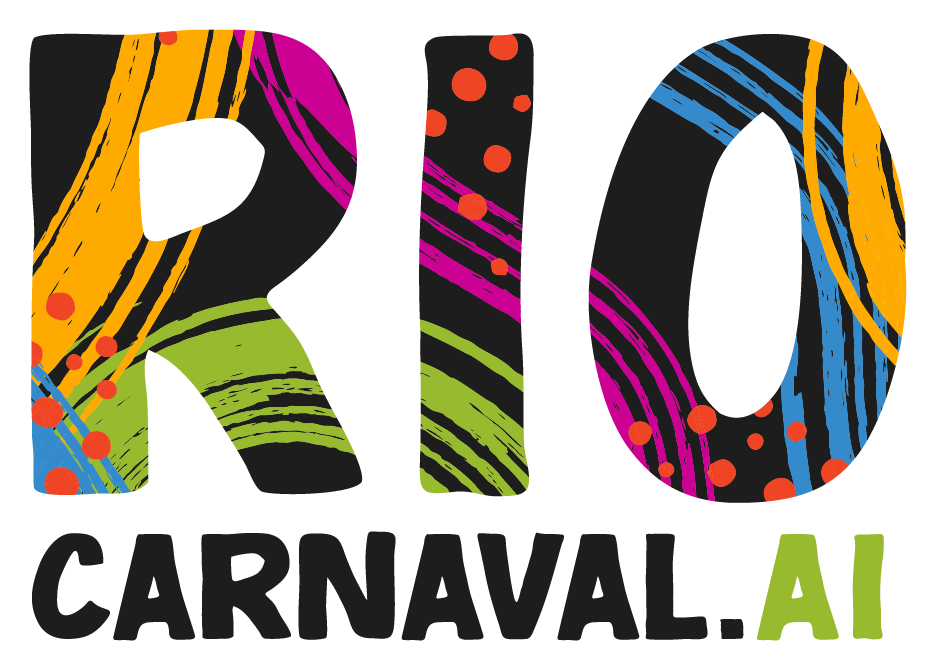
The carnival of Rio de Janeiro
The moment your toes touch the sandy shores of Rio de Janeiro, you're instantly aware of the city's blessings. It's not just home to the world's most stunning beaches and the most joyful inhabitants, but it's also the birthplace of samba and the epicenter of the grandest Carnival on the planet.
Today, the word "carnival" is synonymous with Brazil and carries a global association with the country. But what makes Rio Carnaval truly exceptional? What sets it apart from all others?
Here, we ensure that the samba spirit never fades. For five magnificent days, the enchantment permeates every nook and cranny of Rio. You can find it in the lively blocos and cordões parading through the streets by day, the star-studded nighttime parties featuring renowned DJs, or, of course, the dazzling Samba School parades. The entire city grinds to a halt, leaving behind its worries and constructing an unforgettable celebration.
Carnaval kicks off 40 days before Easter and spans five days, commencing on Friday and concluding on the Tuesday before Ash Wednesday. Similar to Easter, the precise date of Carnaval varies each year. This connection between the two has molded Carnaval into a period of extravagant festivities before the onset of Lent.
Though it gained popularity in the 1920s, the festival's roots are much older, traceable back to ancient Greek, Roman, and Mesopotamian cultures.
Carnival in Ancient Times
While the term "carnival" (derived from the Latin "carnelevar," meaning "to remove meat") is associated with Catholicism, it fundamentally traces its origins to pagan festivities that have always centered on the subversion of societal roles and norms. During these celebrations, commoners and prisoners would impersonate royalty, and in events like the Greek bacchanals and Roman Saturnalia, people would revel in wine, music, feasts, and indulgence.
As the influence of the Church expanded throughout the Western world, the festival acquired a fixed date preceding Lent. It became the sole occasion where indulging in sins and "excesses" was permitted. During the Middle Ages, carnivals signaled the arrival of spring, while the Italian Renaissance saw the emergence of parades featuring masks and costumes as part of the festivities.
Origins of the Brazilian Carnival
Brazil's Carnival traditions have deep historical roots dating back to around 1641 when the "Cavalhadas" arrived in the country. These grand events commemorated medieval battles between Moors and Christians. "Entrudos" were the popular pastime until 1850 when people took to the streets to engage in playful pranks like throwing eggs and wax balls filled with water.
In the latter half of the century, the "Grande Sociedades Carnavalescas" (Great Carnival Societies) emerged. Comprising Brazilian aristocrats, these groups formed clubs that paraded through the streets in Venetian-inspired costumes and lavish masks, introducing the concept of majestic floats that are still a key feature of Carnival today.
The "Cordões" (strings) and "Blocos" (blocks) first appeared in 1886. These street parties, initially organized by people from the working class, involved dressing up in costumes, dancing to the tunes of a band, and participating in playful activities like confetti battles.
At the turn of the century, "Ranchos Carnavalescos" gained popularity, featuring processions accompanied by "ranch marches" such as the famous "Abre Alas" by Chiquinha Gonzaga. These wind instrument-driven "marchinhas" continue to be cherished today, often performed by nostalgic Carnival Blocos. The Ranchos incorporated elements of African culture and had a more mainstream appeal. They also introduced characters like the King, Queen, and the couple "Mestre-Sala" and "Porta-Estandarte" (later known as Porta-Bandeira) that remain prominent in Samba School parades
Modern-Day Carnaval in Rio
Throughout its history, Rio de Janeiro has remained the epicenter of these vibrant celebrations. The late 1920s saw the birth and rise of Samba at Pedra do Sal in Rio, gradually replacing the Ranchos with its infectious rhythms and lively percussion instruments. Samba Schools, dedicated to perfecting their parades throughout the year, took over the carnival scene. These schools craft dazzling floats, unique costumes, and original Samba songs, gracing the Sambadrome with their performances over four of the five carnival days.
In contemporary times, the Carioca carnival embraces diverse festivities, attracting people from around the globe who come to revel under the stars illuminating Guanabara Bay. The festivities include grand galas, street Blocos, and, undoubtedly, the annual Samba School parades, which continue to be the heart of Rio's Carnival.



